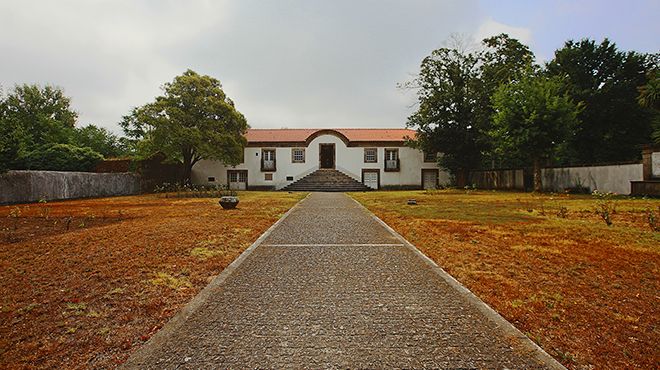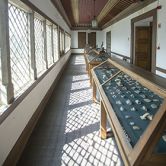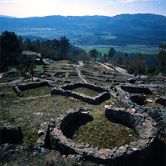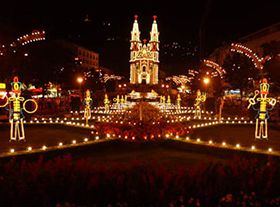Museu da Cultura Castreja (Museum of Castro Culture)

Museums and Palaces
The Museu da Cultura Castreja (Museum of Castro Culture) is housed in the Solar da Ponte, an old farmhouse built in the late 18th century that belonged to the family of Francisco Martins Sarmento (1833-1899). It was part of a vast property that included farmland, a threshing floor, granaries, a mill, stables and houses for the farm's tenants.
Martins Sarmento, who usually lived in Guimarães, used this space as a country house and stayed here during the archaeological works he carried out in Citânia de Briteiros and Castro de Sabroso, both located nearby. It was also here that Sarmento received various friends such as the writer Camilo Castelo Branco or the European researchers who visited the Citânia in 1880 and wrote their testimonies here, such as Émile Cartailhac and Henri Martin, from Paris, Rudolf Virchow from Berlin, Juan Vilanova from Madrid and Adolf Pavinsky, from Warsaw.
After Sarmento's death in 1899, the Solar da Ponte, donated to the Sociedade Martins Sarmento (SMS), was no longer used as a permanent dwelling and gradually fell into disrepair, most of the original rooms having disappeared. Finally, a full restoration of the manor house was possible in 2003, when the Museu da Cultura Castreja (Museum of Castro Culture) was installed, a thematic extension of the Sociedade Martins Sarmento's Archaeological Museum.
4805-448 São Salvador de Briteiros - Guimarães
Winter: 10 a.m-12:30 p.m. / 2 p.m.-5 p.m.;
Summer: 10 a.m.-12:30 p.m. / 2 p.m.-6 p.m.;
Closed: 1 January, Easter Sunday and 25 December
- Total
- Total
- Total
- Shop
- Toilets
- Auditorium
- Information panels
- Key
- Interative and audiovisual presentations
- Items for tactile exploration
- Motor disability
- Mental disability
- Mental disability






 Explore
Explore 
 Remember and Share
Remember and Share 


